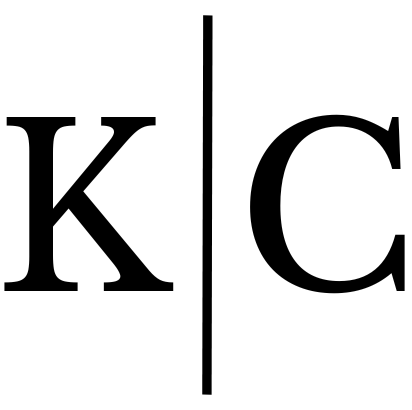3 keys to simplifying your product design
Building a product customers love is about making it simple and compelling. Here are 3 keys to getting it right.
1. Clarify your value prop
Your value prop should be crisp. Who are you serving and how do you make their lives better? I suggest summarizing your product in the following form: We provide solution X to user Y by doing Z. For example, Patagonia provides high quality active gear to people who love the outdoors using sustainable and ethical practices. They have a big organization with a lot of products. But you can summarize their value prop and purpose in one sentence. The cleaner your value prop, the more loyal your fans.
2. Define goals for specific user actions
These goals should be unique to your product. When Chamath Palihapitiya was put in charge of the growth team at Facebook, Mark Zuckerberg gave him a mandate to grow the user base. But “Growth” was an impossibly broad topic. So they did research and identified a milestone of “7 friends in 10 days.” If a user joined Facebook and connected with 7 friends in the first 10 days, she was likely to become a daily user and invite her friends. If she joined Facebook but fell short of that milestone, she was more apt to churn. This gave the team something tangible to rally around: let’s build products and onboarding experiences that help people find their social network in the first week. Chamath joined Facebook when they had less than 10M users and left when they had close to a billion.
Focus on what you want your users to accomplish. Get this right and everything else falls into place.
3. Reduce cognitive load
Cognitive load is the energy required for a user to absorb information and make a decision. It takes customers more time to understand your product than you think. That’s why it is so important to get out and test your product in the real world. You are not a valid test. You think about your product every day and focus on every detail. If you run a social network, your customer might see your app while waiting in line at a coffee shop, talking to 2 friends, and pulling out her wallet. If you build software for doctors, the physician might see your screen while talking to a patient, ordering a prescription, and flagging down the nurse to check on lab results. People are busy and distracted, so design with the expectation that you will never have your customer’s full attention. Cognitive load is about more than just your product, it is about everything your customer faces.
Here are some places to look for cognitive load:
Navigation bars. People love to copy navigation bars from other companies. “They have X, Y, and Z so we need X, Y, and Z.” Don't fall for it! Did Google copy the Yahoo! homepage? Design simple flows that lead to the outcomes you want. Then delete everything else.
Calls to action (CTA). If you want users to add an item to their shopping cart, make the button bright and obvious. Then remove buttons that aren't important. Don't ask users to do three things. Ask them to do one.
Word count. Count the words on every page and tighten your copy. Tell the same story, but with fewer words.
Onboarding flows. Don’t ask your user for a ton of information up front. Get started easy and onboard them over time.
Simple product design in the wild
Facebook vs. MySpace: There was a time when MySpace was bigger than Facebook. But MySpace had a fatal flaw. Designing your MySpace page was a complex task involving add-ons and custom html. Setting up a MySpace profile came with huge cognitive load. Facebook, on the other hand, made every profile page the same. When you join, you only have to do 2 things: upload a photo and find your friends.
In ‘N Out menu: In ‘N Out Burger is famous for having exactly 4 food items on its menu: fries, hamburger, cheeseburger, double double. That’s all! Four items, plus milkshakes and sodas. Compare that to McDonald’s and see what you get.
Apple product line: According to Apple lore, there used to be a table in the Apple design studio and every product the company sold had to fit on that table. If the product line got too big, it was time to trim down and simplify.
Diapers.com vs. Amazon: Amazon bought Diapers.com (aka Quidsi) for $550M because Diapers.com was giving Amazon a run for its money in baby supplies. One key reason was simplicity. Diapers.com gave parents a simple way to have diapers, wipes, and baby supplies delivered to their house every month. That’s it. Keep it easy. Keep it simple. Trust me, if anybody is under cognitive load it’s new parents! So this simplicity paid off. Even the URL was easy to remember.
Biggest loser competition: When I was on the product team at LinkedIn, our head of product ran a biggest loser competition. He challenged us to see which team could remove the most unnecessary stuff from their products. Everybody wants to add features and add products and add complexity. Yet the best products are great because they’re simple. It is extremely difficult to remove live functionality from a product. There is always somebody who will yell at you for taking away that feature. But having the discipline to prune your products helps create long-lasting franchises.
It is easy to create complexity. It is hard to create products that are simple and compelling. But it’s worth the effort.


